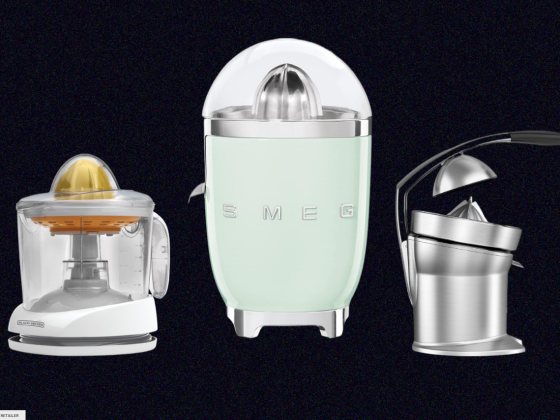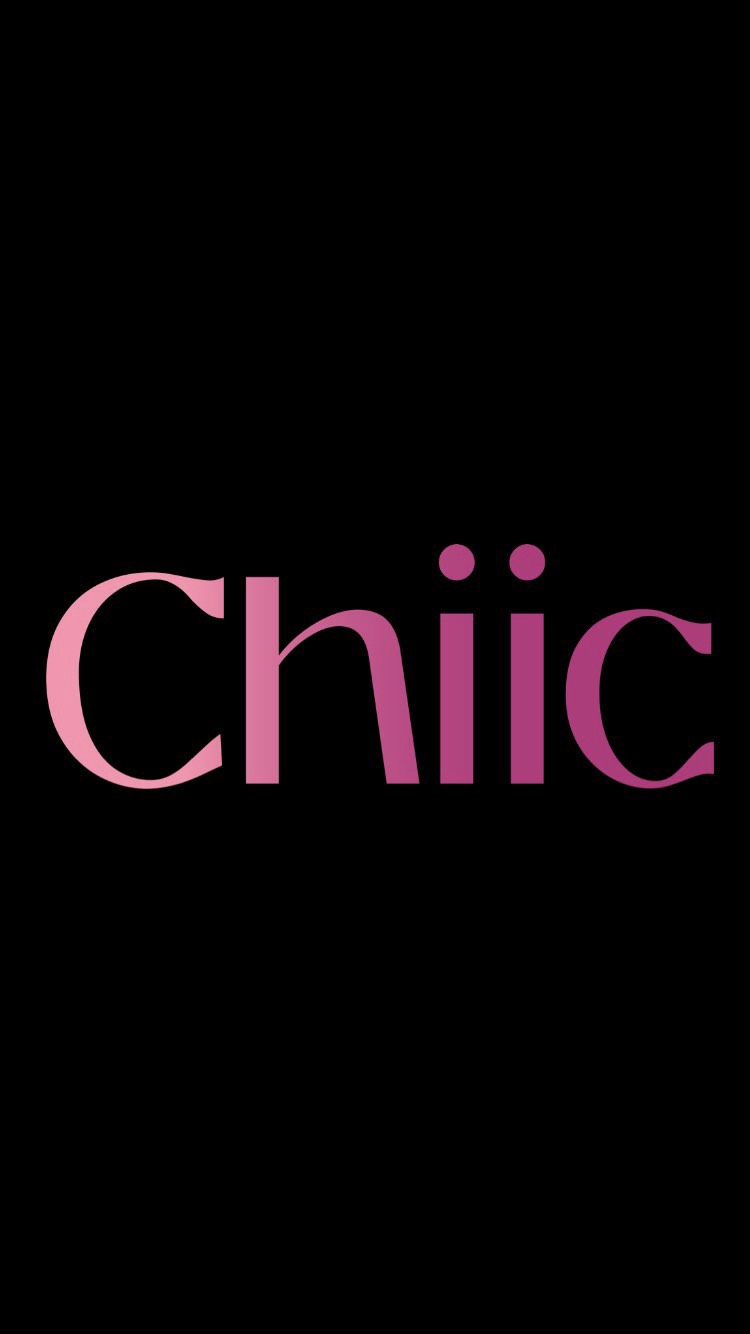According to the World Health Organization (WHO) breast cancer has overtaken lung cancer as the most common cancer in the world. After skin cancer, it is the most common cancer diagnosed in women in the United States. Yet, despite its prevalence, breast cancer is curable if detected in time.
Breast Cancer is a disease in which cells in the breast grow in an uncontrolled way, creating a mass of tissue called a tumor. It results from an excessive proliferation of cells caused by a series of genetic mutations. Studies shows that specific hormones like Estrogen and Progesterone help in the growth of this breast cancer tumors.
What Actually Causes Breast Cancer?
Inherited Genes
Doctors estimate that about 5 to 10 percent of breast cancers are linked to gene mutations passed through generations of a family. If you have a strong family history of breast cancer or other cancers, you have an 87 percent chance of having breast cancer. And No! Nigerians, going to the mountains to break this “generational curse”, although that’s not a bad idea, it might not be the right approach. People with a generational history of breast cancer often undergo preventative mastectomy.
Preventative mastectomy otherwise called prophylactic mastectomy is a surgery that involves removing one or both breasts to lower the chances of getting breast cancer. Hollywood actress Angelina Jolie even reinforced the saying that “prevention is better than cure” when she got a double mastectomy in 2013 due to her cancer gene.
Psst! Mastectomy is a lot! But it’s really helpful as it lowers breast cancer risk by 90% or even more.
Risk Factors
A breast cancer risk is what makes an individual more prone to breast cancer. Breast cancer can occur in both gender but it is more common in women. So the not-so-easy way to say it is, if you were born with a vagina, this of course includes the LGBTQ community, you have a higher risk of breast cancer.
The risk of getting breast cancer also increases with an increase in age, specifically women within the age range of Forty to sixty have a higher risk of having breast cancer. Particularly, as one gets older the probability of getting breast cancer increases. Just to be clear, having one or even several breast cancer risk factors don’t necessarily mean you will develop breast cancer, so, don’t freak out.
Another major risk factor is if an individual has a personal history of breast conditions. If you’ve had a breast biopsy that found lobular carcinoma in situ or atypical hyperplasia of the breast, you have an increased risk of breast cancer.
Other nail-biting breast cancer risk factors include radiation exposure, obesity, beginning your period at an early age, having your first child at an older age, having never been pregnant, and a countless-time offender- Drinking Alcohol.
Now, What Are The Symptoms?
We have probably heard about the symptoms of breast cancer millions of times! But listed below are the most evident signs of breast cancer.
- A breast lump or thickening is usually harder or thicker than the rest of the breast tissue.
- Change in the size, shape, or appearance of the breast
- Peeling or scaling of the areola or breast skin
- Redness of the skin over your breast
- Hollow indentations on the skin of the breast just like the skin of an Orange
We can find out all these signs of breast cancer by ourselves in the comfort of our home through self-examination. Either we are in the shower, or in front of a mirror we can self-examine ourselves in order to aid in early detection.
Here are some easy steps worthy of note
Step 1
With the pads/flats of your 3 middle fingers, check the entire breast and armpit area pressing down with light, medium, and firm pressure. Check both breasts each month feeling for any lump, thickening, hardened knot, or any other breast changes.
Step 2
In front of a mirror visually inspect your breasts with your arms at your side, also inspect, with your hands raised high overhead. Look for any changes in the silhouette, any swelling, or denting of the skin, or changes in your nipples.
Step 3
When lying down, place a pillow under your right shoulder and your right arm. Using your left hand, move the pads of your fingers around your right breast, use light, medium, and firm pressure. Squeeze the nipple to check for discharge, and also check for lumps. Repeat this procedure for the left breast as well.
Self-examinations help you to be familiar with how your breasts normally look and feel, make sure you alert your healthcare professional if you notice any changes in your breast.
Breast cancer can be very deadly, but enlightenment, self-examination, maintaining a healthy weight, choosing a healthy diet, exercising, and drinking less alcohol are demanding but simple ways to reduce the risk of breast cancer.
Breast cancer is not a death sentence nor is it Life Imprisonment, Let’s all act in concert in the fight against breast cancer, one woman at a time!!





